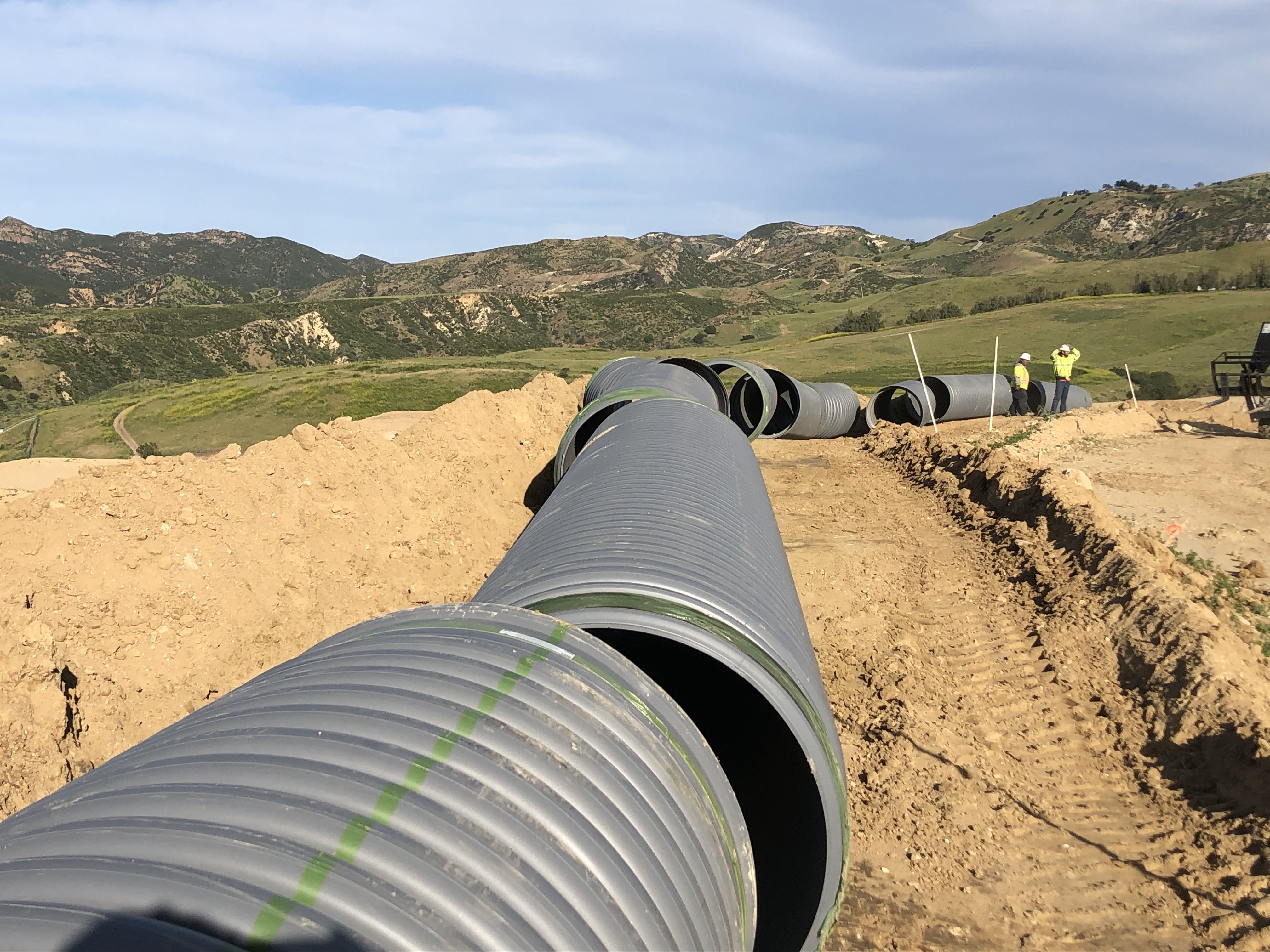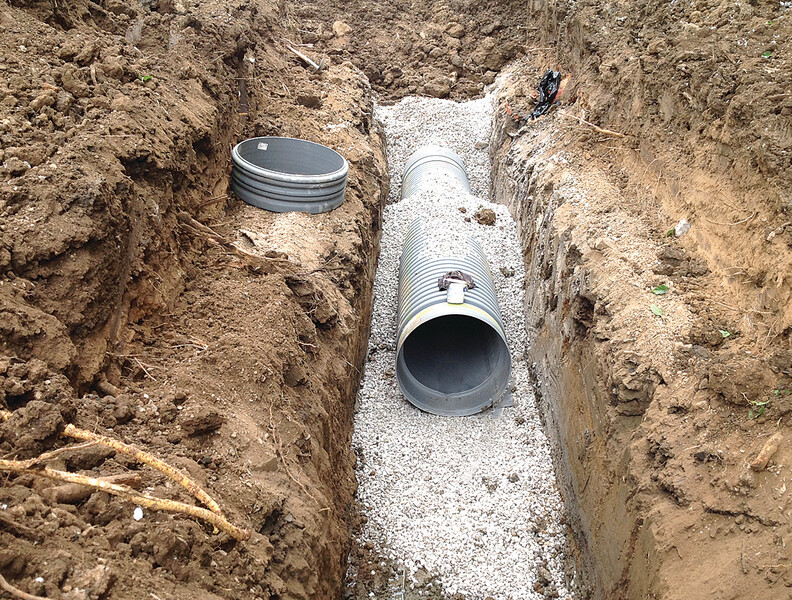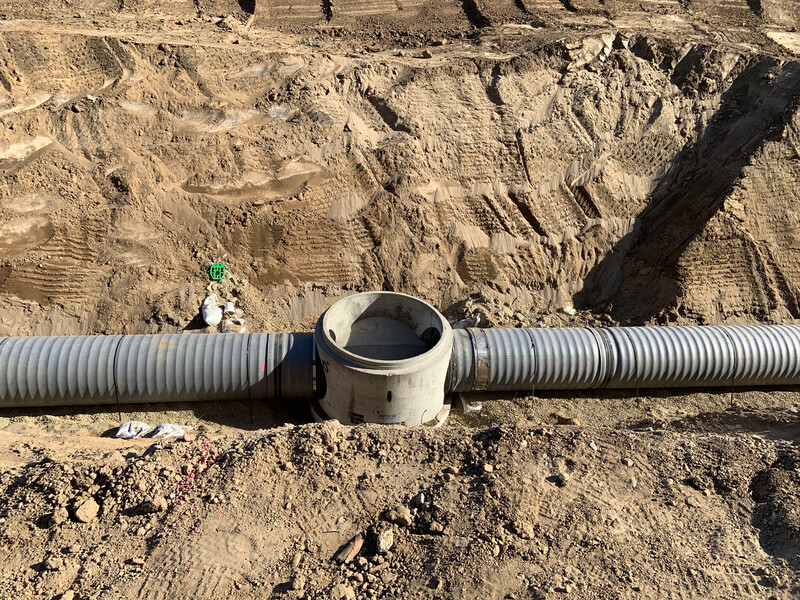Overview
A cistern is a storage tank—either above or below ground—that captures and holds rainwater (or stormwater runoff) from roofs or other impervious surfaces, for later reuse or controlled release. Cisterns can serve many functions: they provide water for non‑potable uses (irrigation, cleaning, toilet flushing), help reduce demand on municipal water systems, and mitigate downstream flooding by delaying runoff during storm events. Their design often includes pre‑treatment parts (e.g. leaf screens, first‑flush diverters), overflow controls, pumps or gravity delivery to end‐uses, and ensures safe, low‑maintenance access. Proper sizing, materials, and placement are critical for performance, long life, and compliance with local regulations.
Features and Benefits
- Rainwater Harvesting – Collects and stores runoff from roofs or surfaces, reducing reliance on municipal water for non-potable uses like irrigation or flushing.
- Stormwater Management – Helps control runoff volume and timing, reducing flooding risks and easing pressure on drainage systems.
- Water Conservation – Supports sustainability by reusing rainwater, conserving treated drinking water, and lowering utility bills.
- Flexible Design Options – Available in various sizes and materials (plastic, concrete, fiberglass) for above or below-ground installation, tailored to site needs.
- System Integration – Easily combined with filtration, pumps, and monitoring systems (like RMS controllers) for automated, efficient operation.
Documentation
Case Studies

Case Studies
See how the scale and power of ADS continues to evolve and revolutionize stormwater management.
Case Studies

